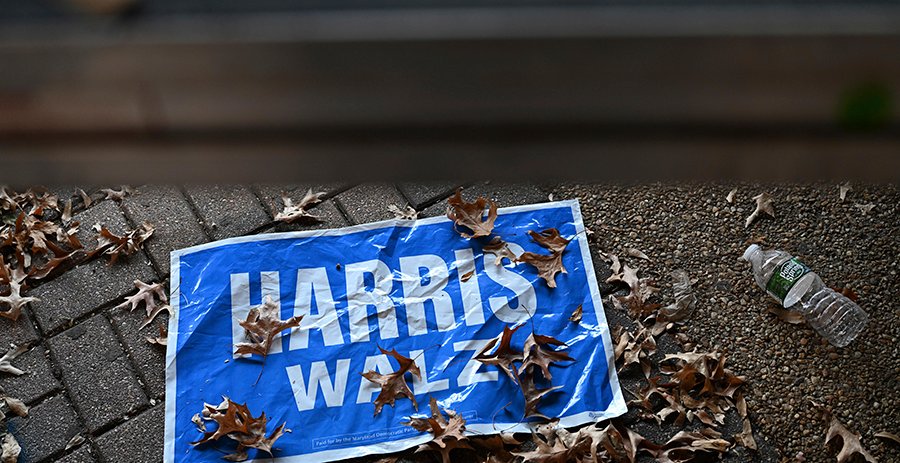Commentary
Organizers Reveal the Secrets Behind Harris’s Arizona Loss

In a surprising electoral outcome, over 1.5 million Arizonans cast their votes for President-elect Donald Trump, despite his controversial background, including multiple felony convictions and a contentious handling of the Covid pandemic. Following the election, many have pointed fingers at Trump supporters rather than examining the underlying factors that may have contributed to Vice-President Kamala Harris’s defeat. Understanding the disconnect between Harris’s message and the electorate provides valuable insights into the voting behavior of undecided voters.
A team dedicated to electoral engagement in Arizona conducted outreach efforts for four months leading up to the election, successfully registering 2,700 new voters and assisting 4,600 individuals in planning their ballots. Conversations with undecided voters revealed significant concerns that Democrats were not effectively addressing from the beginning.
One young woman encountered at Pima Community College voiced indecision: “I’m kind of leaning toward Trump. I feel like it’s really hard to get by with inflation and everything.” Economic issues surfaced as a primary concern for many undecided voters. They highlighted a widespread feeling that the economy was failing them, even if they were not well-versed in the specific proposals of either candidate.
Trump’s messaging on reducing costs and inflation resonated with many, compounded by his criticism of the Biden administration. In contrast, while Harris proposed beneficial economic policies aimed at the working class, scant awareness of these proposals hampered their effectiveness.
Efforts to redirect voter frustrations towards corporations and wealth inequality found traction, particularly among younger demographics. However, Harris’s campaign lost momentum on this front as the election approached. Instead of rallying around tangible issues directly connected to voters’ lives, messaging veered toward broader principles like “protecting democracy,” which did not resonate as deeply.
Further dialogues revealed another voter disillusioned by the presidential candidates, exclaiming, “I don’t like the candidates.” When informed about voting on propositions, she expressed surprise, indicating a willingness to engage with direct policy changes instead of traditional political choices. This sentiment underscores a broader mistrust in political figures and a preference for addressing specific legislative issues.
Interestingly, progressive ballot measures, such as those for abortion access and minimum wage increases, found success even in states that supported Trump. In Arizona, for instance, the abortion access proposition passed with 62%, while Trump garnered 52% of the vote. This contradiction raises questions about how these voters reconcile their choices.
Democrats stand at a critical juncture. To reclaim support from disenchanted voters, they must confront the establishment forces contributing to societal issues, demonstrating a commitment to addressing voters’ day-to-day challenges. The need for grassroots leadership and insights from organizing teams is more crucial than ever.
The path forward requires candid recognition of the hurdles voters face daily. Reforming strategies to offer direct, relatable solutions to economic woes and distrust in the political establishment could bridge the gap. If Democrats undertake this task, they may regain the confidence of many Arizonans who once voted for Trump.
Ethan Alcock, Aubrey Hirst, and Carmina Diamente, volunteer organizers with NextGen America, contributed to understanding voter sentiments in Tucson.


















